
- Generative AI - Home
- Generative AI Basics
- Generative AI Basics
- Generative AI Evolution
- ML and Generative AI
- Generative AI Models
- Discriminative vs Generative Models
- Types of Gen AI Models
- Probability Distribution
- Probability Density Functions
- Maximum Likelihood Estimation
- Generative AI Networks
- How GANs Work?
- GAN - Architecture
- Conditional GANs
- StyleGAN and CycleGAN
- Training a GAN
- GAN Applications
- Generative AI Transformer
- Transformers in Gen AI
- Architecture of Transformers in Gen AI
- Input Embeddings in Transformers
- Multi-Head Attention
- Positional Encoding
- Feed Forward Neural Network
- Residual Connections in Transformers
- Generative AI Autoencoders
- Autoencoders in Gen AI
- Autoencoders Types and Applications
- Implement Autoencoders Using Python
- Variational Autoencoders
- Generative AI and ChatGPT
- A Generative AI Model
- Generative AI Miscellaneous
- Gen AI for Manufacturing
- Gen AI for Developers
- Gen AI for Cybersecurity
- Gen AI for Software Testing
- Gen AI for Marketing
- Gen AI for Educators
- Gen AI for Healthcare
- Gen AI for Students
- Gen AI for Industry
- Gen AI for Movies
- Gen AI for Music
- Gen AI for Cooking
- Gen AI for Media
- Gen AI for Communications
- Gen AI for Photography
Generative AI in Manufacturing
In the manufacturing industry, generative AI tools drive operational efficiency, innovation, and decision-making. As a production expert, you can gain a competitive advantage by understanding the right AI tools and how to use them. Such tools can help you increase your production and design efficiency.
In this chapter, we will highlight some of the best creative AI tools that professionals in the manufacturing industry can use. We will also explain how you can use them in your production environment.
Design and Prototyping with Gen-AI Design Tools
Using AI-powered tools, manufacturers they can generate hundreds of design variations based on specific input parameters, such as material properties, cost constraints, and production methods.
Recommended Tool: Autodesk Fusion 360 with Generative Design
Engineers can enter desired parameters into the tool, and the AI generates a variety of design options that optimize weight, strength, or materials.
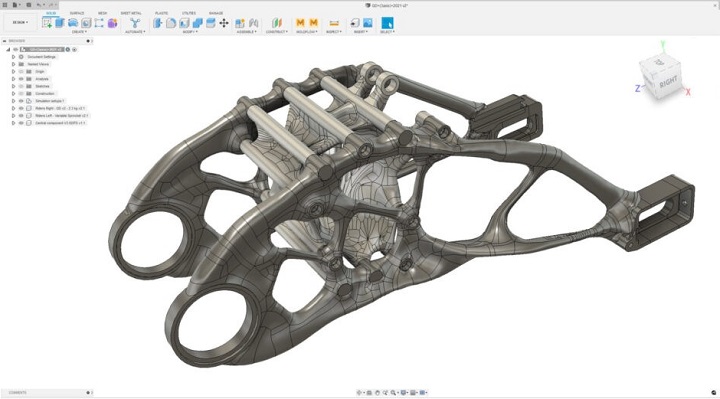
Use Case: Lightweight Component Design for Automotive Parts
Automakers can leverage Fusion 360 to design lightweight and durable auto parts. By entering parameters such as material type, strength requirements, and weight loss goals, the AI tool iterates on possible designs.
Prompt − "Design a lightweight automotive part using aluminum that meets 500 MPa strength requirements and reduces weight by 30% compared to current parts."
Process Optimization with AI-Powered Simulations
Generative AI can optimize production processes by simulating different production situations, which reduces waste, improves efficiency, and lowers operating costs.
Recommended Tool: Siemens MindSphere
MindSphere uses AI to analyze production data in real time and recommends optimizations for the production line, resource allocation, and energy use.
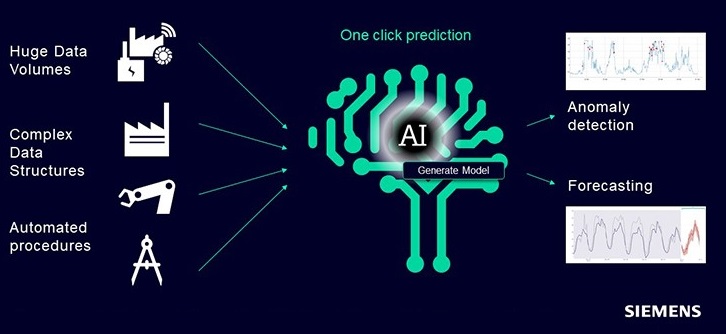
Use Case: Improving Assembly Line Efficiency
Factory managers can use MindSphere to simulate assembly line performance under different configurations, while AI recommends the most appropriate configuration to reduce bottlenecks and increase throughput.
Prompt − "Simulate and optimize the production line for product XYZ to reduce bottlenecks by 20% and increase throughput by 15% while maintaining energy efficiency."
Generative AI for Predictive Maintenance
The AI generation optimizes predictions by analyzing machine data to forecast potential failures, reducing downtime and extending the equipment's life.
Recommended Tool: IBM Maximo Predictive Maintenance
This AI-powered tool predicts when equipment is likely to fail and recommends the best maintenance schedule based on usage, wear, and environmental data.
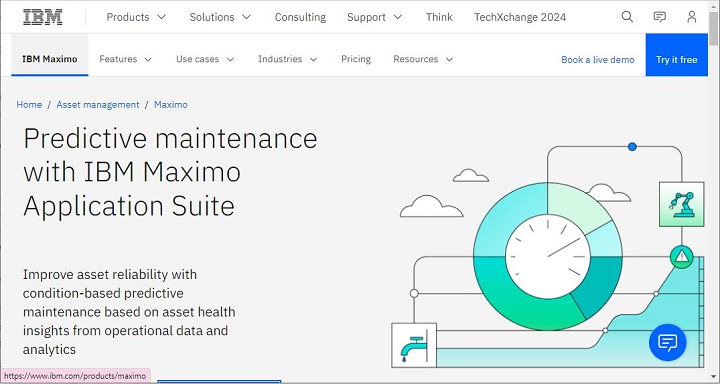
Use Case: Minimizing Downtime in CNC Machines
Manufacturers can monitor vibration and machine performance data using Maximo when they operate CNC machines for precise cutting. AI will predict when machines are likely to malfunction and will schedule maintenance before damage occurs.
Prompt − "Examine vibration and performance data of CNC machines to predict potential failures and recommend optimal maintenance schedules."
Supply Chain Optimization Using AI
Generative AI can greatly improve supply chain management by predicting demand, optimizing inventory, and reducing delays in procurement.
Recommended Tool: Llamasoft Supply Chain Guru X
The tool employs AI to model and optimize the entire supply chain, starting from sourcing raw materials to delivering finished goods. It takes into account factors such as production time, cost, and supplier reliability.
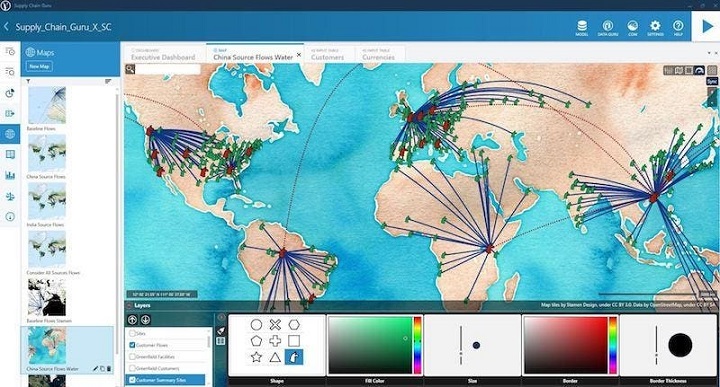
Use Case: Optimizing Inventory for Seasonal Demand
Consumer electronics manufacturers can use Supply Chain Guru to predict demand fluctuations during the holiday season. AI-generated simulations recommend ideal inventory levels. By reducing excess stock and products in stock to a minimum.
Prompt − "Deploy and simulate supply chains to accommodate increasing demand over the holiday season. This guarantees that you keep adequate inventory levels without having overstock or stockouts."
Quality Control with AI Vision Systems
Generative AI and machine vision technologies can automate quality control in the manufacturing process by detecting flaws, assuring product consistency, and minimizing human error.
Recommended Tool: Google Cloud AutoML Vision
AutoML Vision enables manufacturers to create custom AI models for visual inspection tasks. The AI is trained to detect defects in real time. Guaranteed that defective items will be discovered early in the production process.
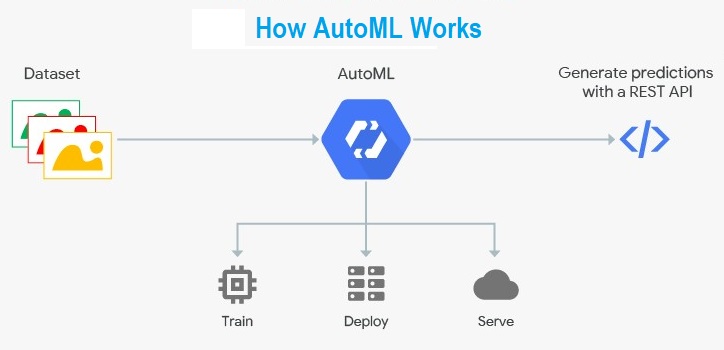
Use Case: Real-Time Defect Detection in Smartphone Manufacturing
Smartphone manufacturers can utilize AutoML Vision to examine screens for cracks, scratches, and pixel faults, enabling the AI model to identify any defective products before they reach production.
Prompt − "Train a vision model to identify screen defects (scratches, cracks, dead pixels) on smartphone screens during production."
Generative AI for Document Automation
Next-generation AI tools create, manage, and improve documents critical for compliance, reporting, and administrative tasks in manufacturing, saving time and reducing human error.
Recommended Tool: ChatGPT by OpenAI
ChatGPT can automate tasks related to duplicate documents, such as generating security reports, compliance documents, or operational processes.
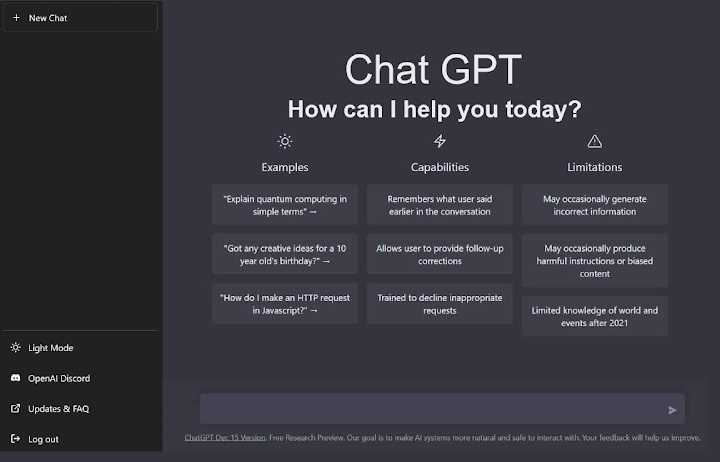
Use Case: Automating Safety Report Generation
Factory safety managers can use ChatGPT to generate safety reports based on daily logs, including production information and reported events, to ensure compliance with safety regulations.
Prompt − "Create a safety report for XYZ manufacturing plant last month. It focuses on the corrective actions we take and identify areas that need improvement."
Conclusion
Generative AI is revolutionizing the manufacturing industry by helping manufacturers create better designs. Professionals in the manufacturing industry are utilizing the power of Gen-AI tools to increase their production efficiency, reduce maintenance costs and improve supply chain efficiency.
Start experimenting with these tools to discover how AI can enhance the efficiency, cost effectiveness, and competitiveness of your manufacturing operations.